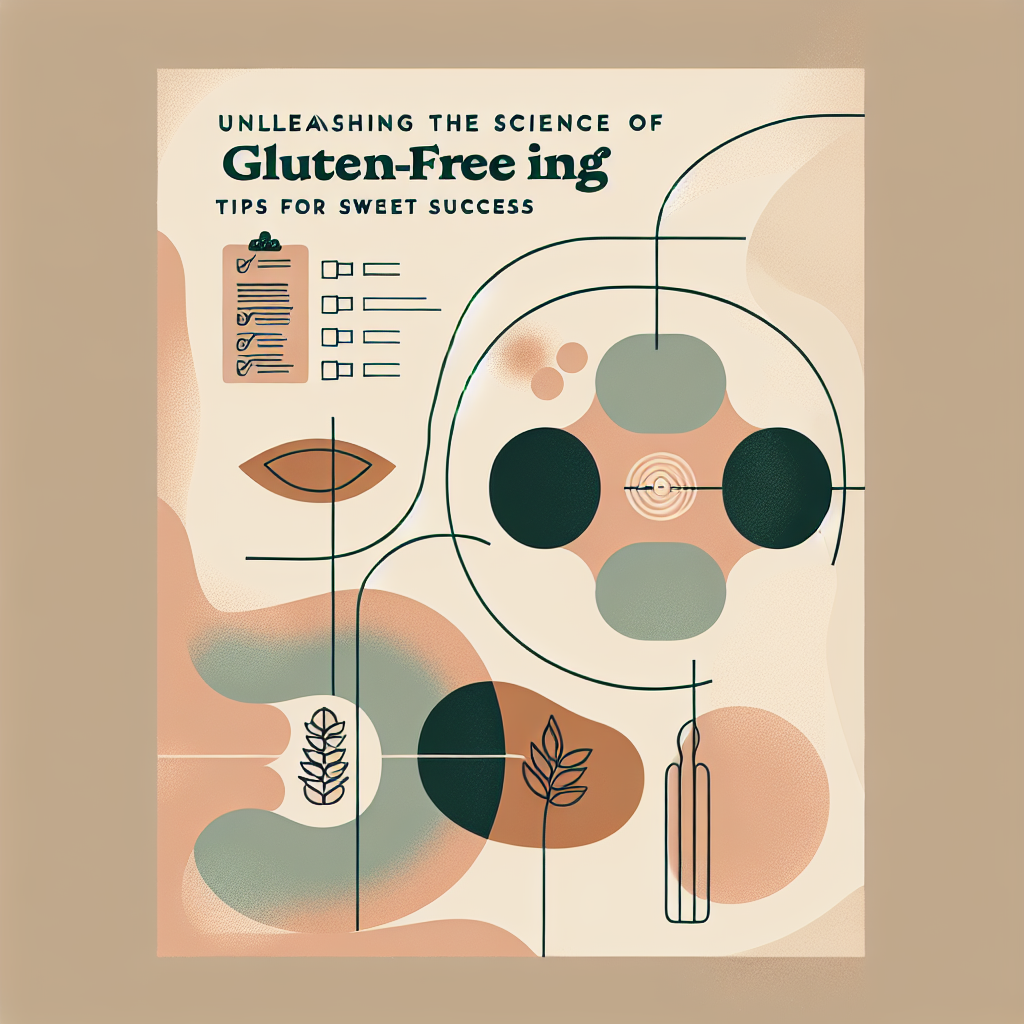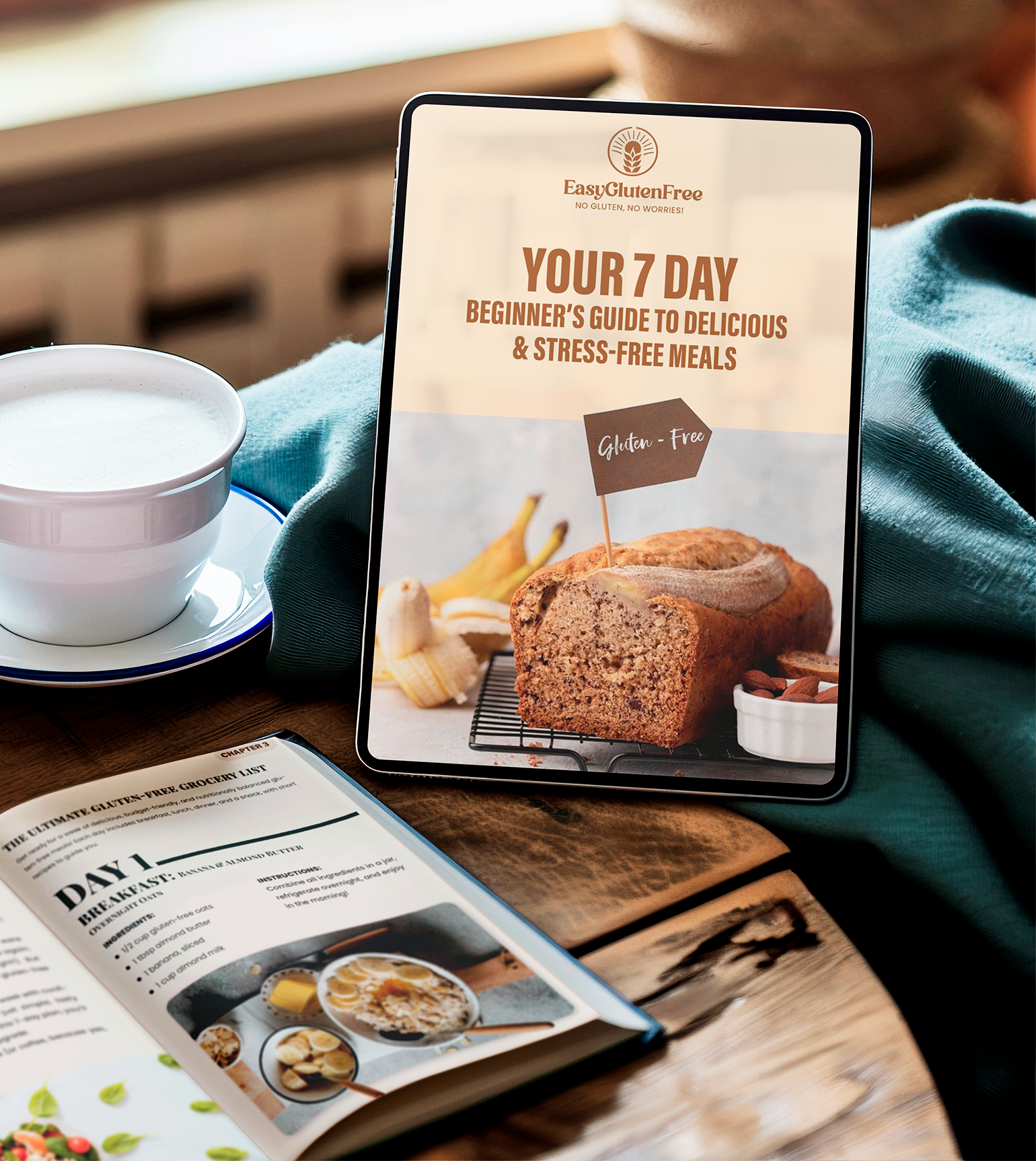If you have a sweet tooth like me, the thought of giving up traditional cakes, pies, and pastries while living a gluten-free lifestyle may have you quaking in your (gluten-free) boots. But never fear, my friends. This week we’re taking a delectable detour to delve into the science behind gluten-free baking.
Yes, you heard me right. Science. But don’t panic. Think of this as your fun, friendly, neighborhood physics class where the textbook is a batch of gluten-free vanilla cupcakes. Hungry already? Me too.
So, let’s take a step back. Understanding the purpose of gluten in pastries can help us nail the perfect alternative. Gluten forms a network of proteins that gives baked goods their structure and chewy texture. Without it, our goodies would simply collapse into a crumbly mess. Going gluten-free presents a, well… bored crumbling cake is not exactly the kind of birthday surprise we want, is it?
That’s why finding the right combination of gluten-free flours is crucial to achieving the texture we desire in our baked goods. There are many varieties to choose from, so learning about their unique properties can be seriously handy. For instance, almond flour lends a soft, moist crumb perfect for spongy cakes, while sorghum flour mimics the hearty texture of whole wheat. You can learn a great deal more about it in one of our previous posts about [The Art of Blending Gluten-Free Flours](blog-link).
Conquering that theory, now let’s put your newfound knowledge to the test with a practical assignment — three fool-proof tips for gluten-free baking success.
Tip #1: The first is reaching for a bit of chemistry help in the form of Xanthan gum or Guar gum. These ingredients are often called ‘gluten replacers’. They work their magic by creating a sticky web that helps emulate the gluten structure in our baked goods. Just remember, a little goes a long way!
Tip #2: My second piece of advice is hydration. Yes, hydration! Gluten-free flours tend to soak up moisture like thirsty camels in a desert. To prevent those dry, crumbly goodies we spoke about earlier, don’t shy away from adding a little extra of what I call ‘the moisture makers’ to your gluten-free recipes. Think applesauce, Greek yogurt, or even mashed bananas.
Finally, tip #3: Temperature control. Yes, it’s as essential as that air conditioner during a summer heatwave. Chances are, if you’re adapting a recipe for gluten-free baking, you’ll need to decrease the oven temperature slightly and increase the baking time. A lower temperature ensures that your treat bakes evenly without drying out — there’s that hydration theme again, folks.
And while we’re on the topic of temperature, let’s talk about my absolute favorite hack for gluten-free baking success — putting your dough or batter in the fridge before baking. As it chills, the flours will absorb the moisture more evenly, leading to a better texture after baking. Trust me. You’ll thank me later.
If you’re feeling inspired to put on your apron and give gluten-free baking a whirl, I would recommend starting with something simple, like our recipe for [Gluten-Free Lemon Muffins](blog link). They’re light, fluffy, and just the right amount of tangy — the perfect embodiment of our golden trio of tips.
A journey of a thousand miles begins with a single step, or in this case, a single bite. Embarking on this gluten-free baking adventure might feel daunting at first, but remember, it’s not about perfection but progress. So, pre-heat that oven, dust off that apron, and let’s get baking.
Even if your first batch of cupcakes resemble the leaning tower of Pisa more than petite bakery bites, it’s okay! Baking is an art and science. It takes practice, patience, and the willingness to scarf down a slightly wonky cupcake every now and then. If there’s one thing I know, it’s that gluten-free life should never mean a dessert-free life. Armed with these insights, I wholeheartedly believe you can turn your kitchen into your own personal gluten-free bakery.
Happy Baking!
**Category: Baking & Cooking Science**



